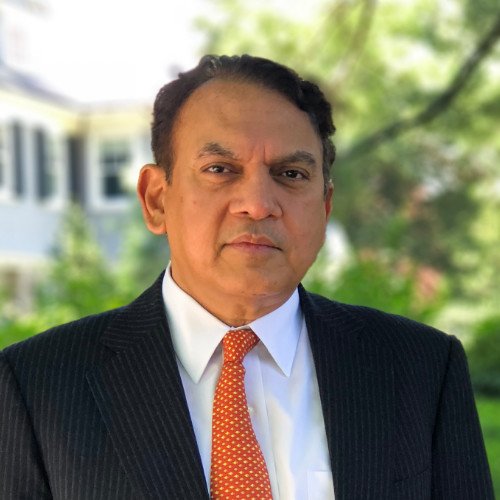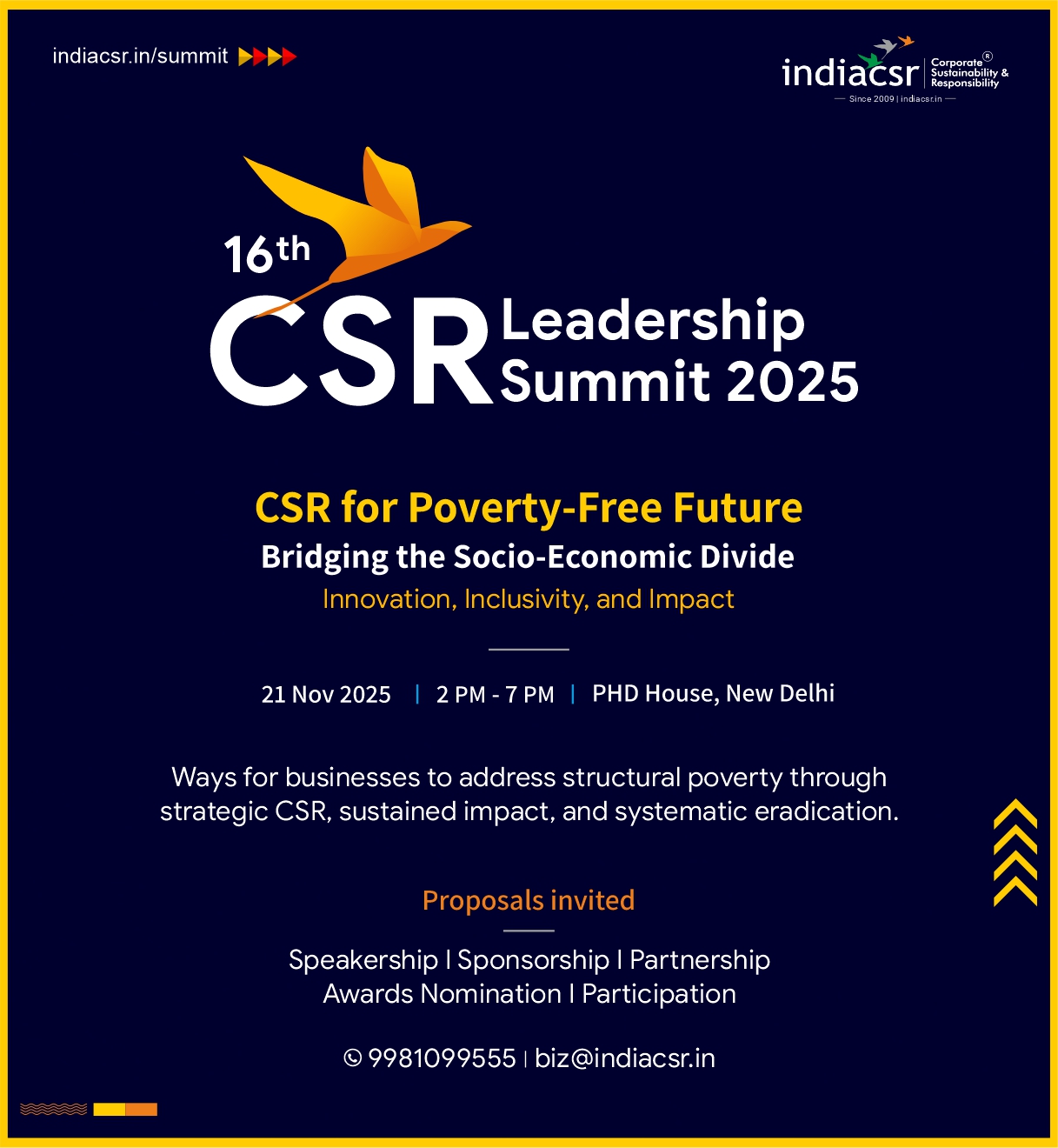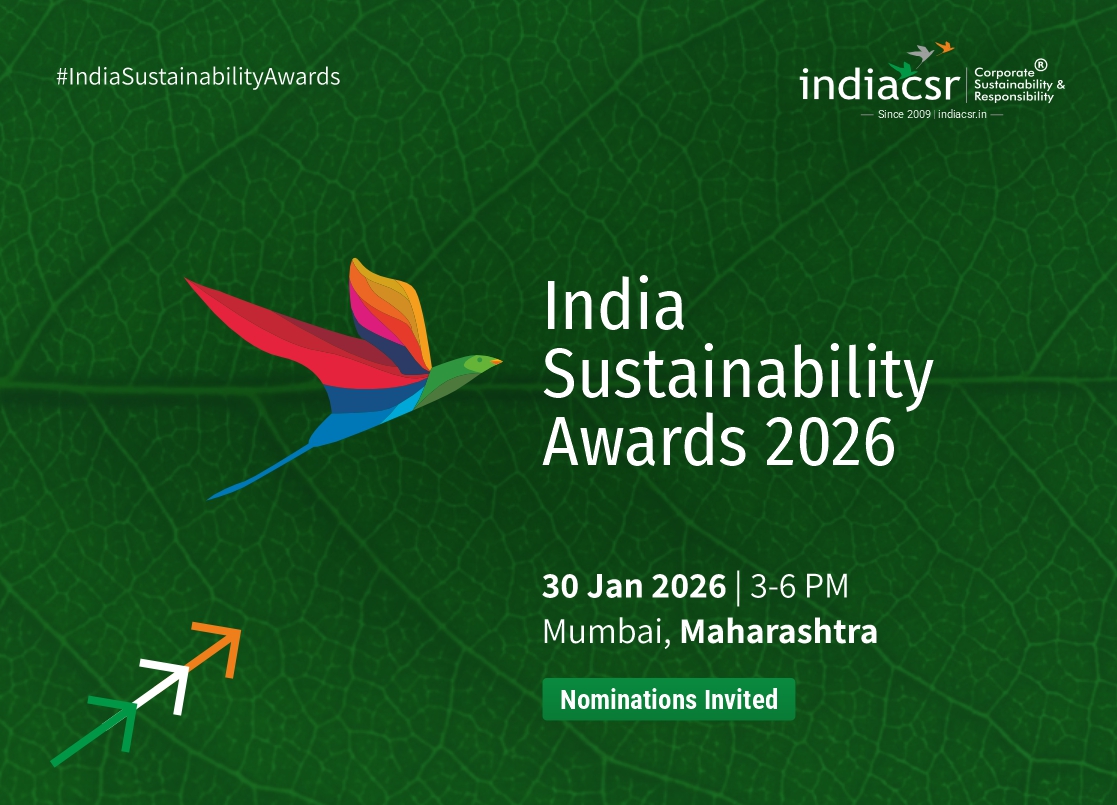Seventy-eight years after freedom, India’s tryst with equality remains deferred. But the path to redemption is still within reach—if we dare to dream beyond neglect.

By Satish Jha
I stood at the edge of the village, a few miles outside Patna, where the Ganga’s mist still lingers like a reluctant memory. It was early morning. The cries of crows mingled with the hum of hand-pumps, and the narrow lanes, stitched together by mud and neglect, led to small clusters of thatched roofs.
I had come here with optimism — the kind that refuses to die even when evidence mocks it. Seventy-eight years after independence, thirty years after leaders from these very communities began governing the state, surely something must have changed. Surely, the promise of freedom must have reached the children of those who built the roads, cleaned the drains, and carried the weight of India’s progress on their calloused hands.
That was optimism!
Reality, when it arrived, did so not with fury but with quiet resignation. It lived in the eyes of the villagers — calm, accepting, almost forgiving. Their per capita income, I estimated from my conversations, could scarcely exceed two hundred dollars a year. That is, less than what a well-heeled urban Indian spends on a dinner for four. In the classrooms — if one could call them that — schooling was so poor it could not be placed above one on a scale of a hundred.
The Anganwadi, a “play school” in theory, existed mostly in name. Its doors creaked open only when an inspection was announced in advance, and then too, the ritual of education was reduced to a performance — a few children lined up, a few slates distributed, a song rehearsed for the visitor. The rest of the days, silence reigned.
Outside, the stench of open drains, the buzzing of flies, and the squalor of generations enveloped everything. A narrow lane paved by a local social worker — built from donations scraped together with stubborn faith — stood as the only sign of what initiative can achieve when government abandons its duty.
These are the Dalits of India — the invisible majority, the spine of the nation’s labor, and yet its most forgotten citizens. They are the ones whose votes fill ballot boxes, whose hands build the homes of others, whose dignity remains hostage to promises that expire after every election.
A prime minister once declared that he had opened a hundred million bank accounts for the poor — a miracle of inclusion, he said. I saw some of those passbooks. The first entry, zero. The next, none. A decade later, they remain museum pieces of policy — relics of intent unaccompanied by empathy.
In one household, I met a fourth-grade boy, his smile radiant as the morning sun. He could add single digits with ease, but double-digit sums baffled him. His spellings faltered after three letters. Yet his eyes — those luminous, unyielding eyes — carried a kind of wild hope that refuses to die even in the desert of despair. I thought then: if the right soil, water, and light were given, this boy could bloom into anything. A scientist. A poet. A coder. A dreamer of the new India.
But there is little reason to hope for better. Not unless we change the design, not merely the rhetoric. This is the India of 2025 — a country with a Mars mission, a space telescope, billionaires in abundance, and yet villages where the only aspiration left is survival. Seventy-eight years after the Union Jack was lowered, the chains have changed form but not substance.
Every civilization is measured not by the palaces it builds but by the lives it allows its most powerless to lead. Ours is a democracy that proclaims equality but sustains exclusion. It promises freedom but delivers fate.
I have spent years studying how nations transform themselves — how South Korea rose from war and poverty to prosperity, how China turned its villages into factories of growth. They did not begin rich; they began resolute. Both understood a simple truth: that education is not charity. It is capital.
If India were to decide, truly decide, that every child in such a village deserves not just the illusion of schooling but the substance of learning — we could transform this nation within a generation. My rough calculations tell me that with an investment of $1,000 per child per year — sustained for a decade — we could break the intergenerational cycle of poverty, ignorance, and invisibility.
That $1,000 would not just buy books or uniforms. It would build schools that function, teachers who teach, classrooms that inspire. It would bring nutrition, clean water, health checkups, and digital access — the infrastructure of dignity. It would train young minds to think, to question, to imagine. And within twelve years, that same child could be earning $10,000 a year — contributing not only to her own upliftment but to the economy’s heartbeat.
A trillion-dollar dream, for a billion-dollar investment.
Korea did it. China did it. Why not us?
The truth is, India has never suffered from a shortage of ideas — only from a famine of will. We know what must be done, yet we do not do it. The bureaucracy clings to inertia, the political class to rhetoric, and the elite to indifference. Development has become a spectacle, televised and hashtagged, not lived or felt.
Our policymakers speak of demographic dividends as if youth itself were an asset. But youth without education is not a dividend; it is a deferred liability. It is a promise waiting to curdle into discontent.
What we call “the system” has normalized the unacceptable. A child failing to read by age ten is not considered an emergency. A teacher skipping class is routine. A broken toilet in a government school is a footnote in a report, not a scandal.
And yet, this same country can mobilize billions overnight for stadiums, summits, and statues. We can project power abroad but cannot light the dark corners of our own conscience.
I walked through that village lane again before leaving. The children followed, curious. They asked me what I do. I told them I try to write, to make sense of the world. One of them laughed and said, “Write about us.”
I promised I would.
But words are not enough. What we need is a moral awakening — a collective realization that the story of India cannot be complete if its Dalit children remain trapped in mud huts of neglect. They are not beneficiaries; they are co-owners of this republic.
If I could design one national mission, it would be this: The Great Indian Renewal — a ten-year compact between the state, the private sector, and civil society. Each year, each child in every underserved village would receive that $1,000 of investment — not as subsidy, but as seed. Measured, audited, transparent. Schools accountable to parents, not politicians. Teachers rewarded for outcomes, not attendance. Nutrition linked to learning, technology linked to transparency.
We could pilot it in 100 districts, learn, adapt, and scale. Within a decade, we would witness an India unrecognizable in its confidence — villages with children who read, think, and dream beyond caste, beyond despair.
This is not utopia; it is arithmetic. The math of morality and the economics of empathy.
History rarely forgives those who had the means to act but chose the comfort of apathy. The British left in 1947, but the empire of neglect remained — run now by our own. The divide is not merely between rich and poor, or urban and rural. It is between those who imagine a future and those who have been denied even the imagination of one.
I believe we can still redeem ourselves. Not by repeating slogans of development but by rewriting its grammar. Not by pitying the poor, but by empowering them.
When I think of that fourth-grade boy, I think of the countless others like him — seeds of brilliance waiting for rain. What right do we have, as a nation, to deny them that rain?
The greatest sin of privilege is forgetfulness. We have forgotten what India means — not as a brand or a market, but as a moral project. Freedom was never meant to be the end of struggle, but its beginning.
Our task now is to finish the unfinished revolution — the revolution of dignity, opportunity, and education. To create a nation where the children of Patna’s forgotten lanes can stand shoulder to shoulder with those from the gated schools of Gurgaon.
It is possible. I have seen the potential in their eyes. The future is not waiting to be built — it is waiting to be believed in.
India’s destiny, after all, will not be decided in boardrooms or ballots alone. It will be decided in places where hope has learned to whisper. And if we listen carefully — beyond the slogans, beyond the noise — we can still hear that whisper calling us to rise.
To rise not as saviors, but as citizens.
Not for charity, but for justice.
Not tomorrow, but now.
Because the children of that village are not the burden of our democracy. They are its unfinished promise.
About Satish Jha
Satish Jha, a distinguished figure in journalism, social entrepreneurship, and technology for development. He is truly a multidisciplinary leader—bridging the worlds of media, social entrepreneurship, technology, and policy with global insight and local impact.
Also Read:
- The Kimmel Kerfuffle: When Satire Meets Suspicion
- Ambassador Nirupama Rao Clarifies
- Celestial Ambitions, Terrestrial Realities!
- Failing the Future: By Design
- Philanthropy: Satish Jha Expands Digital Learning Ecosystem to Vidya Bharati School in Meerut
- Ashraya chairman Satish Jha honored by Indo-American Art’s Council, New York








